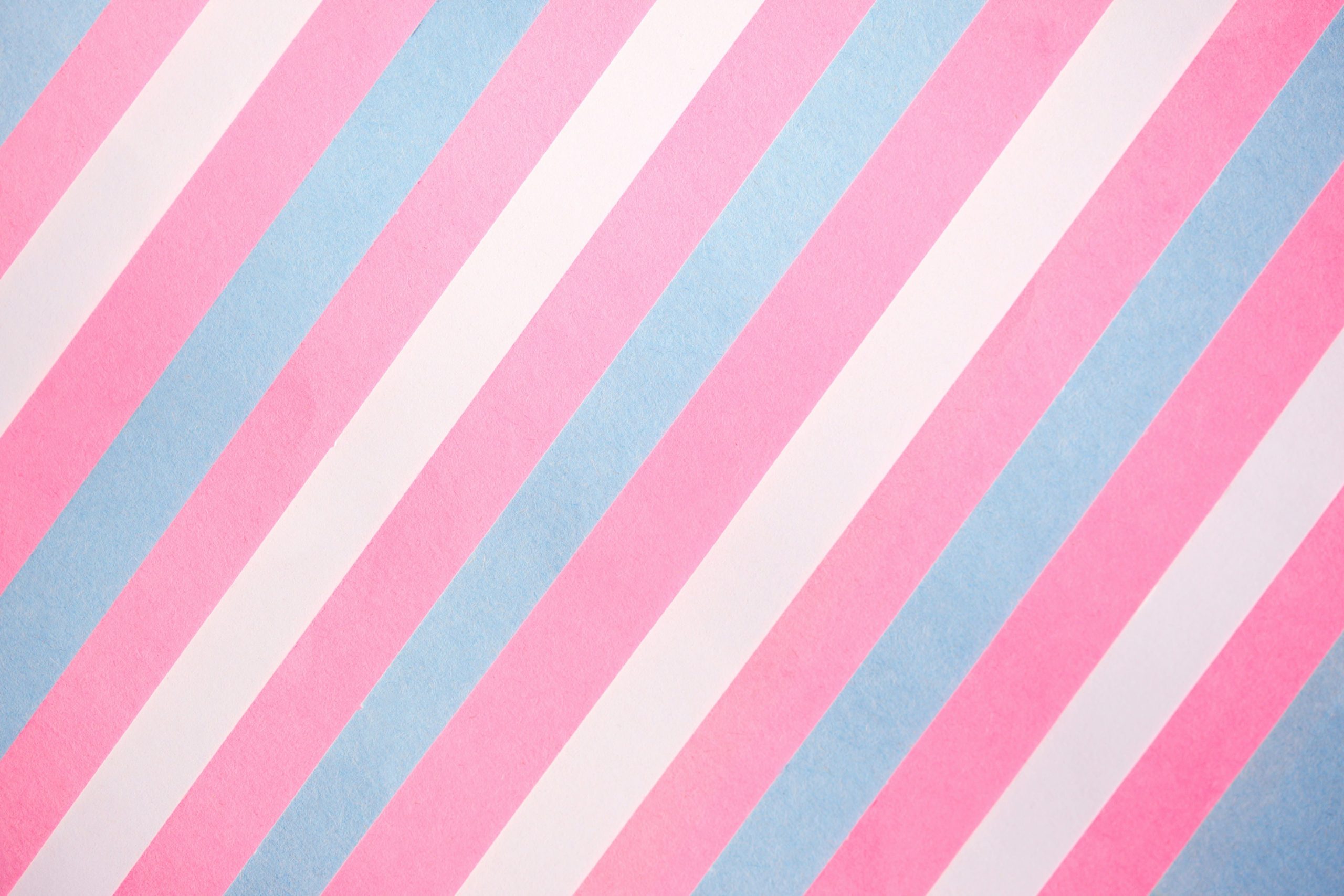Sustainability is no longer just a buzzword—it’s a movement reshaping the fashion industry. As consumers grow more conscious of their choices, brands are stepping up to create clothing that’s both stylish and planet-friendly. Here are the top seven sustainable fashion brands leading the charge in 2024, proving that ethics and aesthetics can go hand in hand.
1. Patagonia: The Trailblazer
Patagonia has been a pioneer in sustainable fashion long before it became mainstream. Known for its durable outdoor gear, the brand focuses on using recycled materials and ethical manufacturing practices. Patagonia’s commitment to environmental activism is unparalleled, with initiatives like the “Worn Wear” program, which promotes repairing and reusing clothing.
Why It Stands Out:
- Uses 100% renewable energy in U.S. operations.
- Donates 1% of sales to environmental causes.
2. Eileen Fisher: Timeless Elegance
Eileen Fisher is synonymous with minimalist, timeless designs that prioritize quality over quantity. The brand emphasizes circular fashion with programs like “Renew,” where old garments are refurbished and resold, and “Waste No More,” which transforms discarded textiles into new creations.
Why It Stands Out:
- Focuses on organic and regenerative fibers.
- Offers take-back programs to extend garment lifespans.
3. Stella McCartney: High-Fashion Sustainability
A pioneer in cruelty-free luxury, Stella McCartney has redefined what it means to be a sustainable high-fashion brand. From vegan leather to biodegradable materials, the brand consistently pushes boundaries while maintaining its chic aesthetic.
Why It Stands Out:
- Innovates with cutting-edge sustainable fabrics.
- Actively campaigns for environmental awareness.
4. Allbirds: The Comfort Revolution
Allbirds has revolutionized footwear with its eco-friendly designs made from materials like merino wool, eucalyptus fiber, and sugarcane. The brand’s carbon-neutral approach and focus on transparency make it a favorite among eco-conscious shoppers.
Why It Stands Out:
- Uses natural, renewable materials.
- Provides a carbon footprint for every product.
5. Pangaia: Science Meets Style
Pangaia merges innovation and sustainability to create vibrant, modern essentials. Known for its use of bio-based materials, recycled fibers, and plant-based dyes, the brand’s mission is to design a better future for both people and the planet.
Why It Stands Out:
- Develops cutting-edge materials like seaweed fiber.
- Partners with environmental organizations to drive impact.
6. Reformation: Chic and Conscious
Reformation is proof that sustainable fashion can be effortlessly stylish. The brand tracks its environmental footprint for every garment, offering transparency about water usage, waste, and CO2 emissions. With its trend-driven designs, Reformation appeals to the modern, eco-aware shopper.
Why It Stands Out:
- Focuses on deadstock and upcycled fabrics.
- Operates with a carbon-neutral supply chain.
7. Veja: The Sneaker Icon
Veja has reimagined sneakers with sustainability at its core. From organic cotton to wild rubber sourced from the Amazon, the brand’s materials and fair trade practices have set a new standard for footwear.
Why It Stands Out:
- Prioritizes ethical supply chains.
- Champions transparency in production.
Why Sustainable Fashion Matters
Fast fashion’s impact on the environment is undeniable, with vast amounts of waste, water pollution, and greenhouse gas emissions. By choosing sustainable brands, consumers can reduce their ecological footprint and support ethical labor practices. Each purchase is a step toward a more responsible fashion industry.
Making the Shift
Adopting sustainable fashion doesn’t mean compromising on style. These brands prove that you can look good while doing good. Whether you’re drawn to Patagonia’s durability, Stella McCartney’s luxury, or Reformation’s trendy designs, there’s a sustainable option for every wardrobe.
Let 2024 be the year you embrace fashion that respects both people and the planet.

